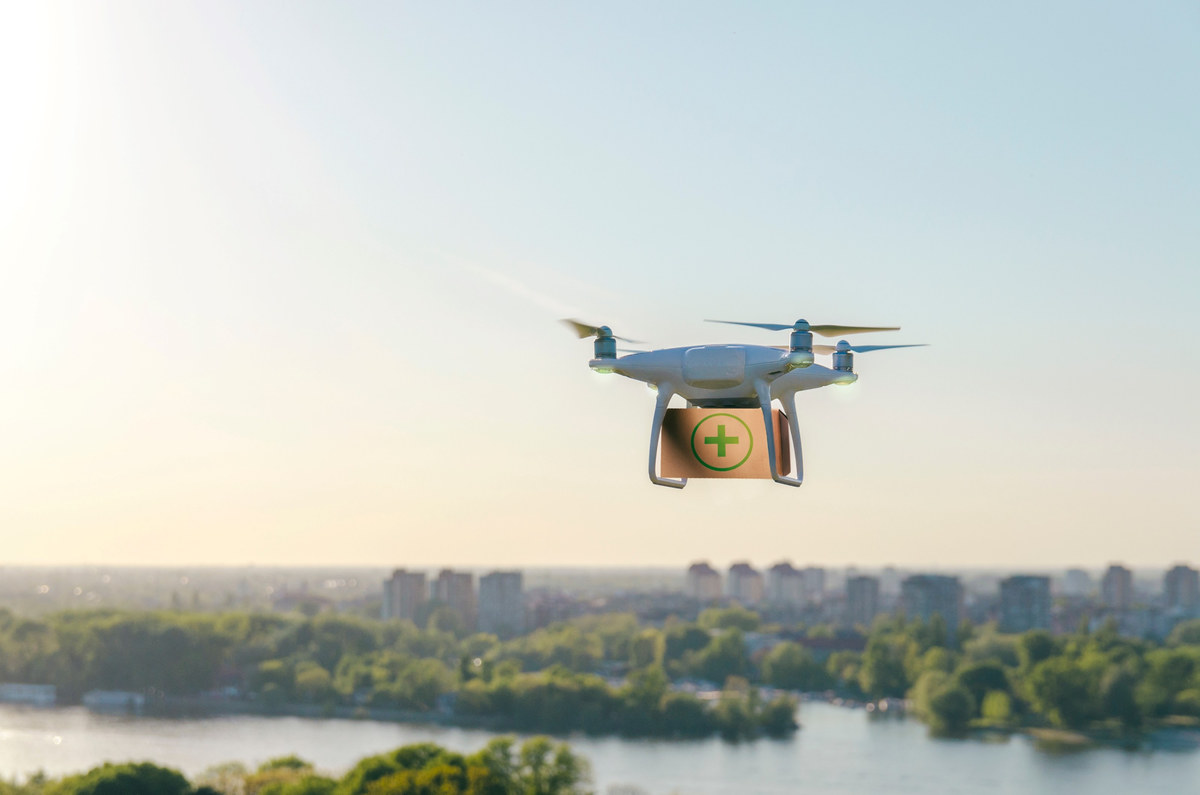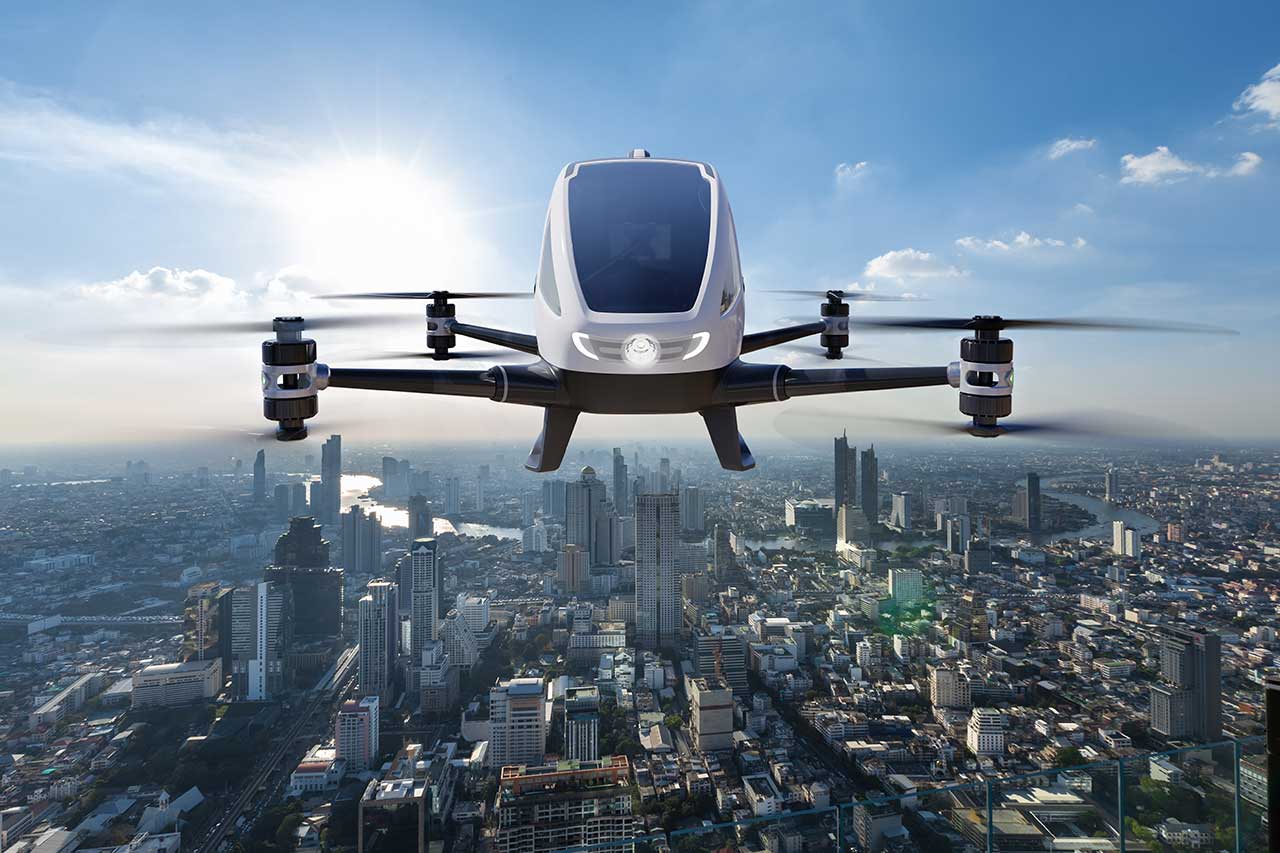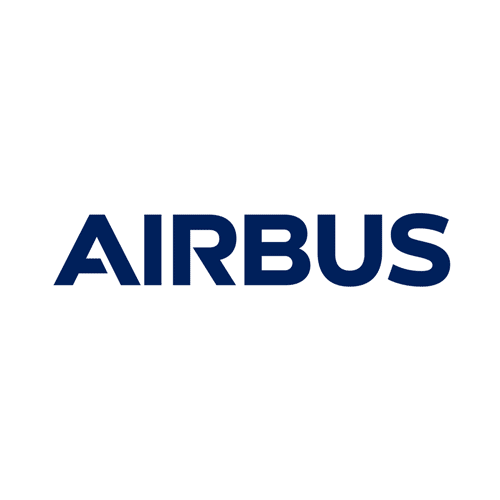
Professional drones
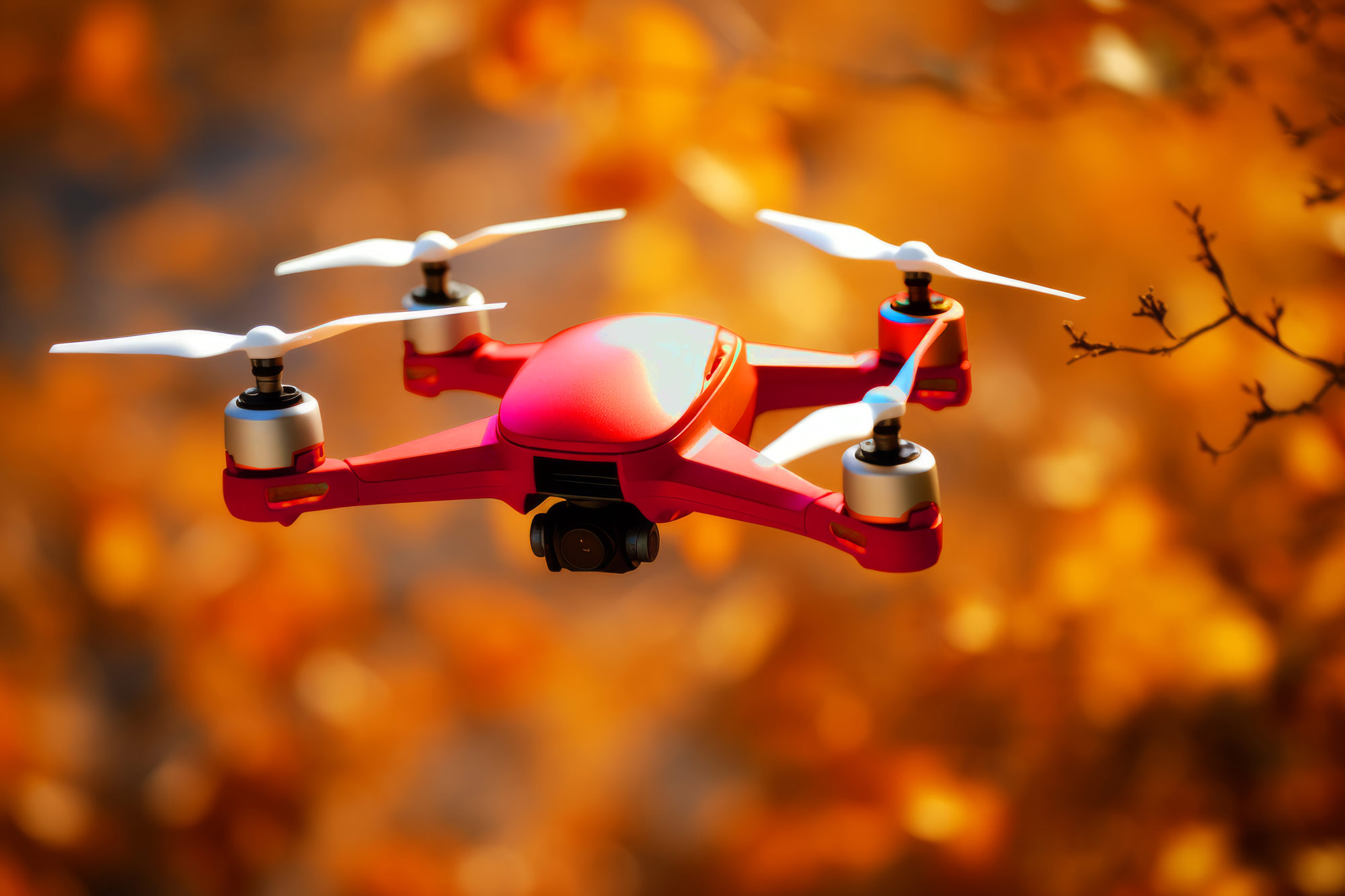
Explore and develop the potential of drones in your sector
Our specialized team supports companies in their innovation projects related to the drone market, from carrying out market studies of the various applications to the definition of market access strategies.
They trust us


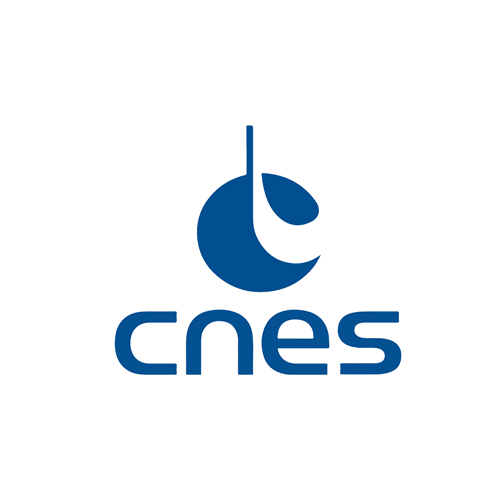
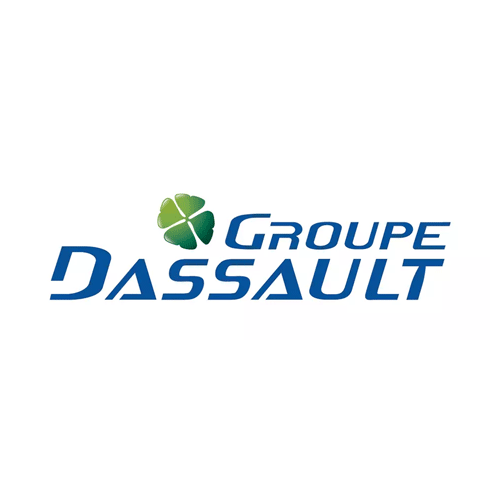

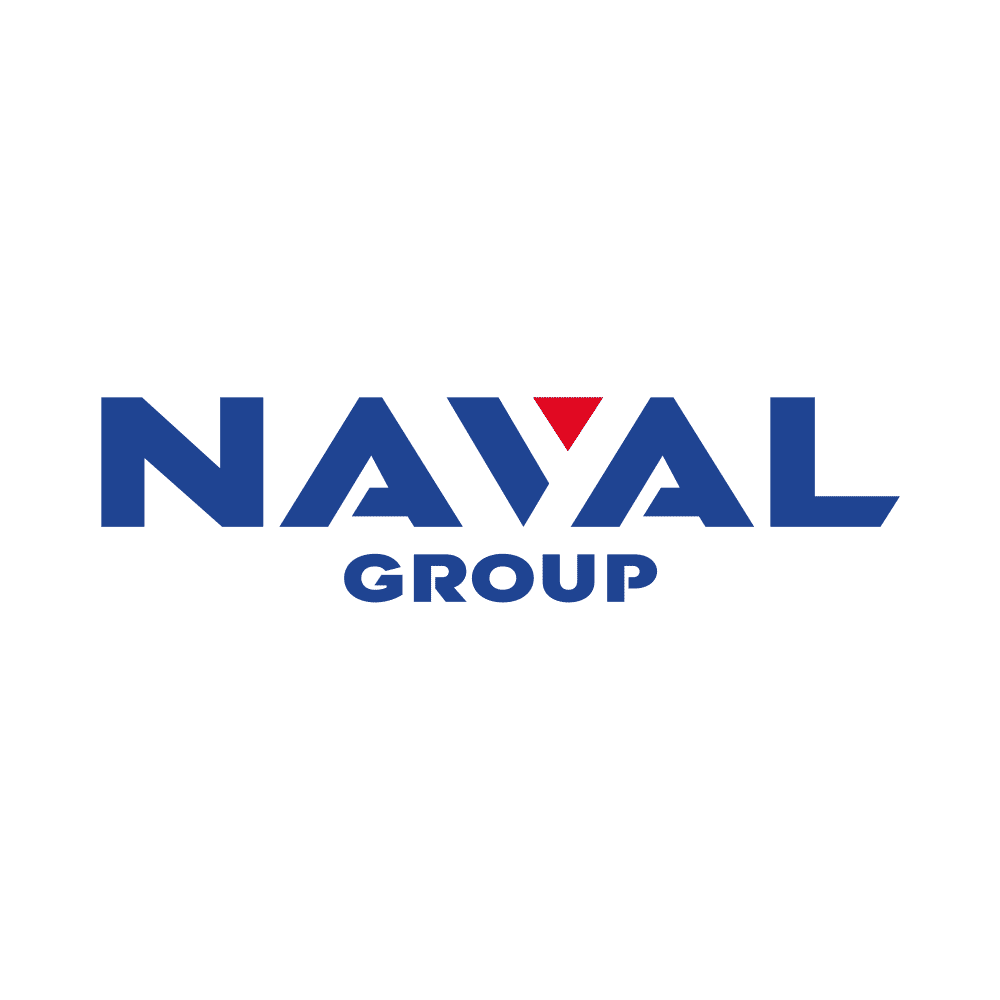
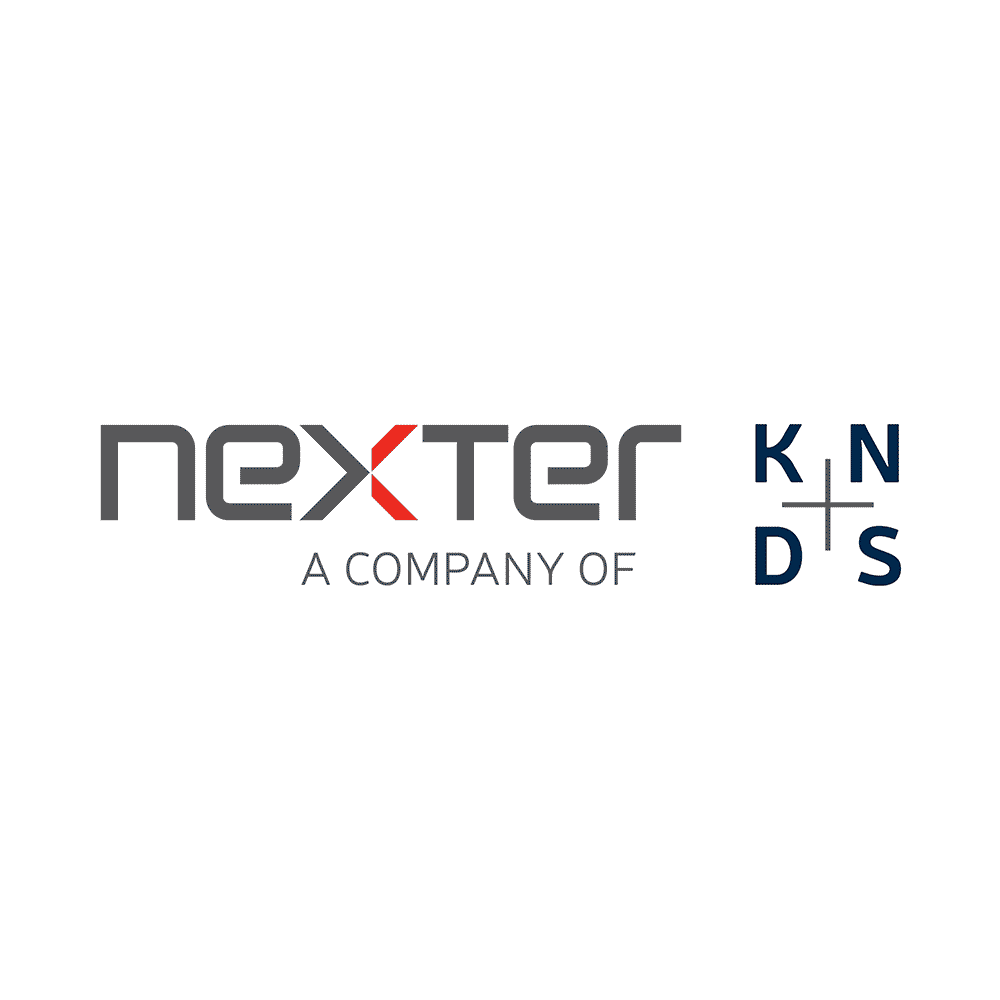
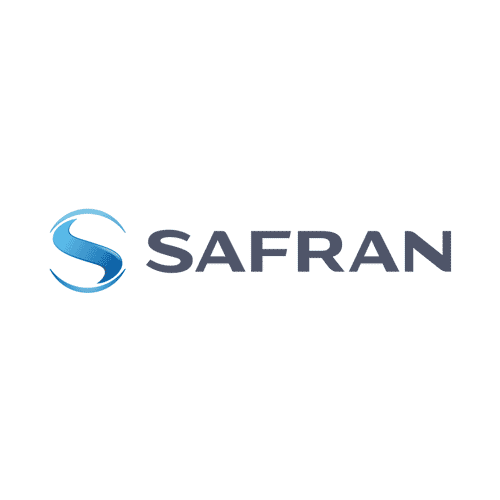
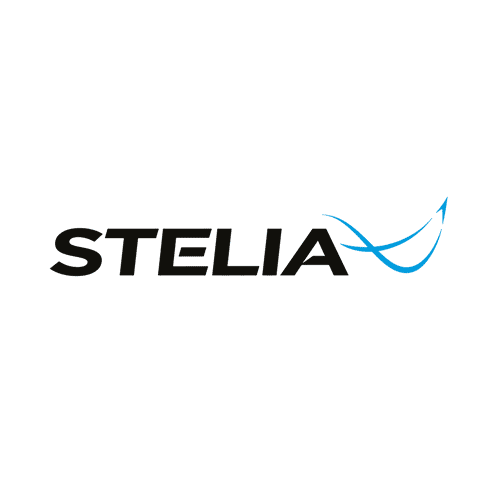
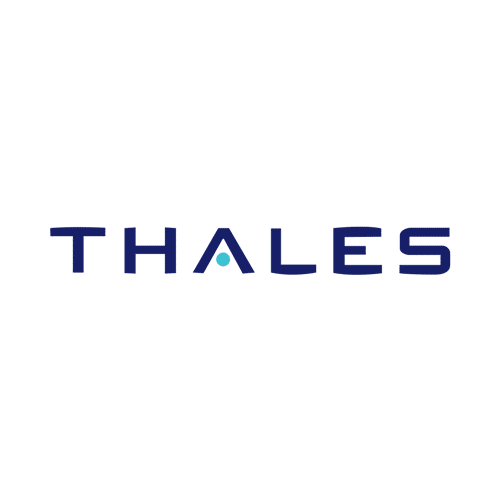
The challenges related to professional drones
The rise of new technologies has contributed significantly to the development potential of the drone sector, particularly driven by the proliferation of new uses in civil aviation and military aviation. However, the growth levers vary depending on the uses and applications, adding that the regulatory framework may be either too restrictive or too unclear depending on the geographical area, thus limiting the use of these flying machines.
Some of the main challenges in the professional drone market include:
The increasing needs and uses, both in the civil and military drone market, associated with the potential for rapid technological development of these unmanned systems, has given rise to an expansive range of applications (surveillance, logistics, agricultural, maritime, etc.). It is key for players to think about their strategic positioning in these segments, the type of drones to be used according to the application, and the associated technical characteristics.
What are the applications with strong market interest? What are the specific technical characteristics of each segment of application? What is the best market access strategy?
Despite robust market development prospects, drone regulation is one of the major barriers slowing down and limiting large-scale development for now. Whether concerning constraints of weight, mass, payload, traffic management, security, or surveillance, the list is long and players must take into account the evolution of legislation in their strategy, their positioning and use cases, the type of drones, and the technical characteristics to be incorporated.
What are the regulatory barriers to consider when developing new drone technology? What are the regulatory specifications for each segment of application, type of drone, and geographical area (French Civil Aviation Authority and similar) for the use of drones? How do we get involved in the legislative ecosystem?
The drone market is a high-tech market that is constantly evolving. Each segment of application has its own technological specifications in terms of power, flight speed, carrying capacity, lifespan or operation (battery), and needs depending on the drone type, whether self-flying or piloted. The ability to connect aerial vehicles to mobile devices is also a key challenge for accessing and analyzing precise information in real time. Lastly, safety represents a critical technological challenge, especially in air traffic management and self-flying drones piloted by artificial intelligence.
What are the technological barriers to keep in mind when developing new drone solutions? What are the technological specifications to be incorporated according to uses and customer needs? Which technology partners should we work with in R&D?
How we support you in your projects related to professional drones
Alcimed supports its clients in their innovation and new business development projects in the field of drones. We support players in the aeronautics/space/defence industry as well as others specializing in drones, and we work alongside general and operational departments (executive committees, strategy directors, marketing directors, innovation directors, etc.) and project managers.
We deal with a great variety of topics, given the vast field of drone applications, both in the civilian and military sectors. For example, we support our clients in the state of the art of drone technologies, benchmark of best practices with players in other sectors, analyze the existing offer and the competition, etc. We also support our clients in analyzing the regulations and choosing the key actions to be taken to overcome major obstacles. Finally, we help our clients position themselves on the drone market by defining new solutions and applications, identifying promising application segments as well as the associated challenges, and developing the business plan, value proposition, and go-to-market and market access strategies, taking into account possible scenarios for the evolution of the drone market in connection with technological and legislative advances.
Examples of recent projects carried out for our clients in professional drones
Study and costing of several application markets for long-distance drones for an aeronautical client
Our client wanted to benefit from a quantitative assessment of the long-distance drone market in the military, commercial, and government sectors in order to capitalize on its skills in new sectors.
To do this, we have assessed the fleet and the annual production needs of drones in the three target sectors by 2035. At the same time, we have identified use cases of interest in these sectors (linear inspections — gas pipelines, power lines, rails —, surveillance of large areas, search & rescue, traffic monitoring, etc.).
Our study allowed our client to finalize its strategic roadmap for the next 15 years!
Animation of a strategic foresight workshop on combat drones and theaters of operations to be considered by 2030
Our team supported an aeronautical client in defining its positioning strategy for combat drones by 2025 – 2030.
To do so, we organized and animated a role-playing wargame, whereby four teams were able to reflect on their tactical war strategies. Each had to imagine the future drone systems and technologies in 2030.
This team exercise made it possible to predefine the major families of systems and the main positioning axes that could be envisaged for our client, as well as the possible associated business models.
Defining a business model for a new UAV Traffic Management solution for an aeronautical player
Our mission was to analyze the market opportunities for a new UTM (UAV Traffic Management) solution in several geographic areas.
To do this, our team carried out an analysis of the UTM solutions market, a study of the competition’s positioning in the market, an analysis of the needs and expectations of the market regarding our client’s solution, and finally an analysis of barriers and constraints in the sector, particularly regulatory ones.
Our investigative and analytical work enabled us to define a business model and a value proposition best suited to the market, based on: the types of drones and clients to target, geographic areas to prioritize, regulatory constraints to overcome, market evolution prospects, and main risks to anticipate.
Identification of applications of interest for a new multirotor drone for a player in the aeronautical sector
We supported an aeronautical player in understanding market opportunities and identifying applications of interest for a new multirotor drone system capable of carrying more than 80 kg of payload.
The objective of our mission was to identify the sectors and applications of interest for this new drone in line with current uses and existing practices, as well as to assess the level of receptivity of this system with expert players and key opinion leaders, for each application.
After analyzing each application according to three criteria (level of interest in the solution, type of market addressed, and obstacles identified), our team analyzed the competition to complete the receptivity study and offered strategic recommendations to our client on short- and medium-term targeting priorities by sector.
Definition of the go to market strategy and business model of an autonomous over-the-horizon surveillance drone system
Alcimed supported an industrial player in its transition from a project approach to a product approach with regards to a surveillance system based on autonomous drones that can deliver over-the-horizon situational awareness to navy ship operators.
The format of this project was what we call “Alci’Coach”. An Alcimed project manager was available over a 5-month period to support and guide our client’s project team in their work. In this case, the focus was on the establishment of a sales pitch, a detailed competitive analysis and a detailed market study focused on customer needs, receptivity and segmentation.
Thanks to our support, our client was able to establish a feature model and technological roadmap adapted to relevant customer segments. He was also able to develop a differentiating business model and leverage efficiently the advantages of his drone system against existing and potential future competition.
Assessment of the market potential of a newly developed doppler navigation system for military drones
Alcimed supported an industrial player, who had invented a new doppler navigation system for military UAV (unmanned aerial vehicles), in conducting a market and receptivity study.
First, we started by performing a mapping of the current military UAV distribution and use. Our team then performed a receptivity study with potential users. The results allowed to challenge our client’s business plan via a costing and market projection exercise and give a clear mid-term vision.
As a result of our work, our client obtained a better understanding of the current market and dynamics, a clear vision of the fleet size in targeted countries, as well as key insights on the key stakeholders’ expectations, needs and pain points. Our study provided insights about the feasibility of the original business plan and allowed to identify first levers to act upon in order to reach targeted objectives.
You have a project?
To go further
Healthcare
How are medical drones elevating the healthcare industry?
Medical drones are transforming healthcare delivery with faster emergency response, improved patient care and remote access solutions. Find out how!
Cross-sector
VTOL market: 4 challenges to make green mobility a key differentiator
First challenge: better define the use cases of VTOLs VTOLs could be a more ecological alternative to cars for long distances.A study led by Ford and the University of Michigan shows that, for a ...
Energy - Environment - Mobility
How to develop professional applications for drones?
A developing market hampered by regulations and system reliability The drone market for professional applications went through a phase of massive expansion and investments between 2015 and 2016 but ...
Founded in 1993, Alcimed is an innovation and new business consulting firm, specializing in innovation driven sectors: life sciences (healthcare, biotech, agrifood), energy, environment, mobility, chemicals, materials, cosmetics, aeronautics, space and defence.
Our purpose? Helping both private and public decision-makers explore and develop their uncharted territories: new technologies, new offers, new geographies, possible futures, and new ways to innovate.
Located across eight offices around the world (France, Europe, Singapore and the United States), our team is made up of 220 highly-qualified, multicultural and passionate explorers, with a blended science/technology and business culture.
Our dream? To build a team of 1,000 explorers, to design tomorrow’s world hand in hand with our clients.
Drones, or Unmanned Aerial Vehicles (UAV), are aircraft without passengers or pilots that can fly throughout the airspace autonomously or by being controlled remotely from the ground. The size of the drones can vary from a few centimeters to several meters in length, and they can remain in flight anywhere from a few minutes to dozens of hours in the case of long-distance drones.
The professional drones market includes civilian drones, which can be found in many fields such as logistics, air transport, agriculture, the environment, etc. and military drones used mainly for reconnaissance missions, surveillance, combat, and security.
Estimations vary, but most sources estimate the commercial drone market size somewhere between $25B and $35B in 2024. This number is expected to grow over the next years, as applications are numerous. The motor of this growth will likely be the small drone segment. However, reluctance from society and regulatory institutions opposes this growth. This is why faster growth is expected in the Asia-Pacific region, whereas in Europe a more moderate growth rate is expected.
